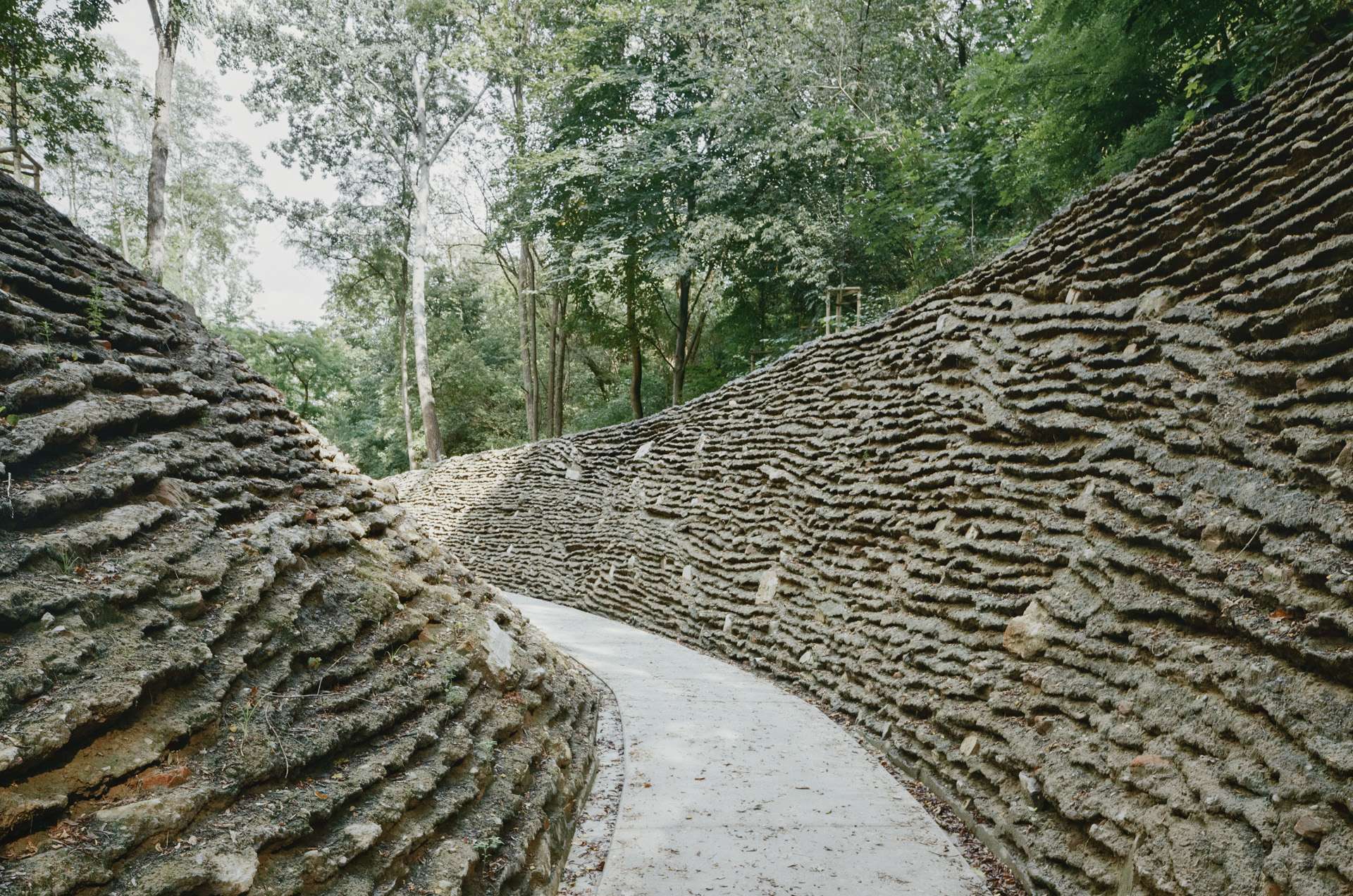
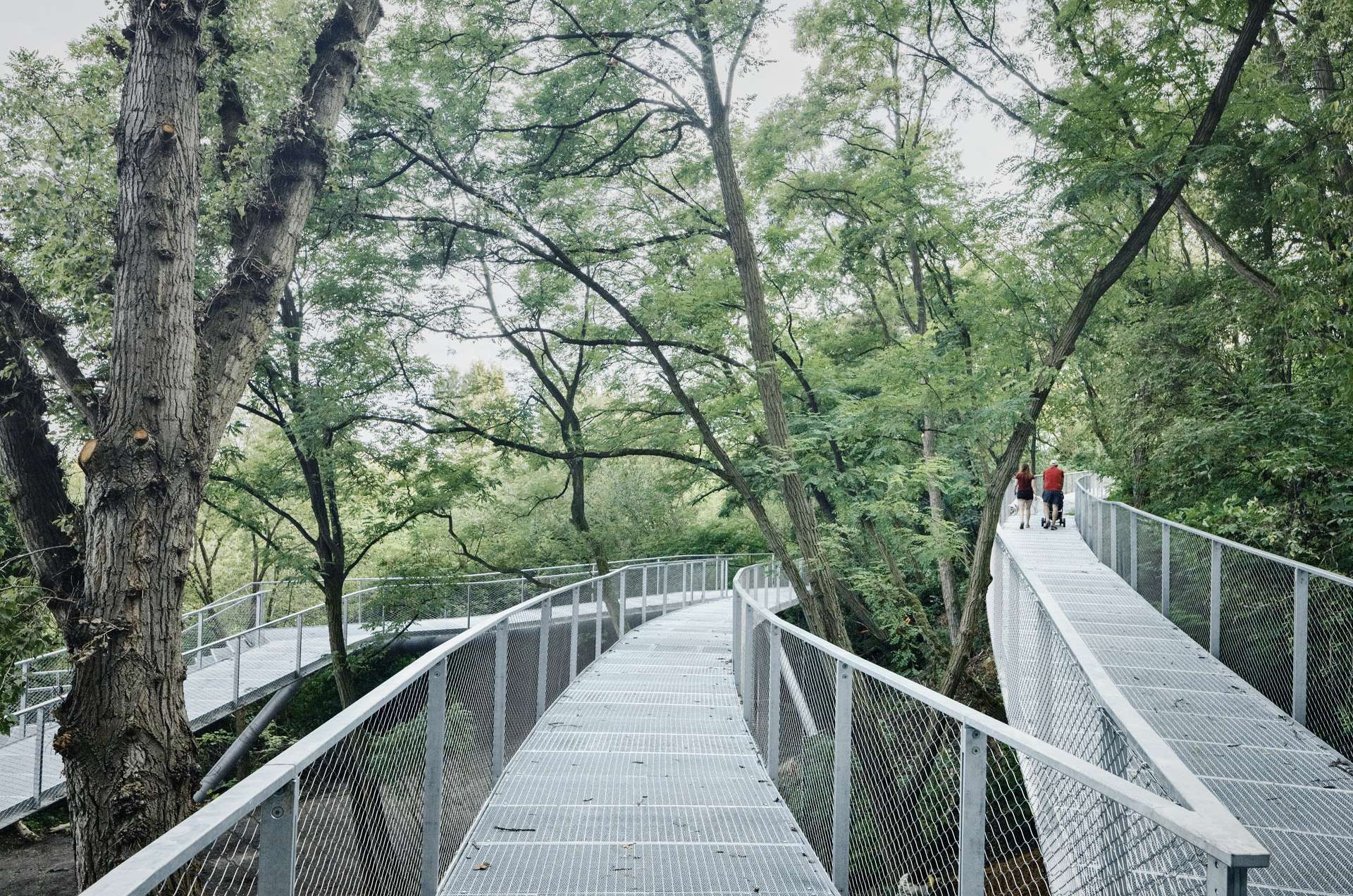
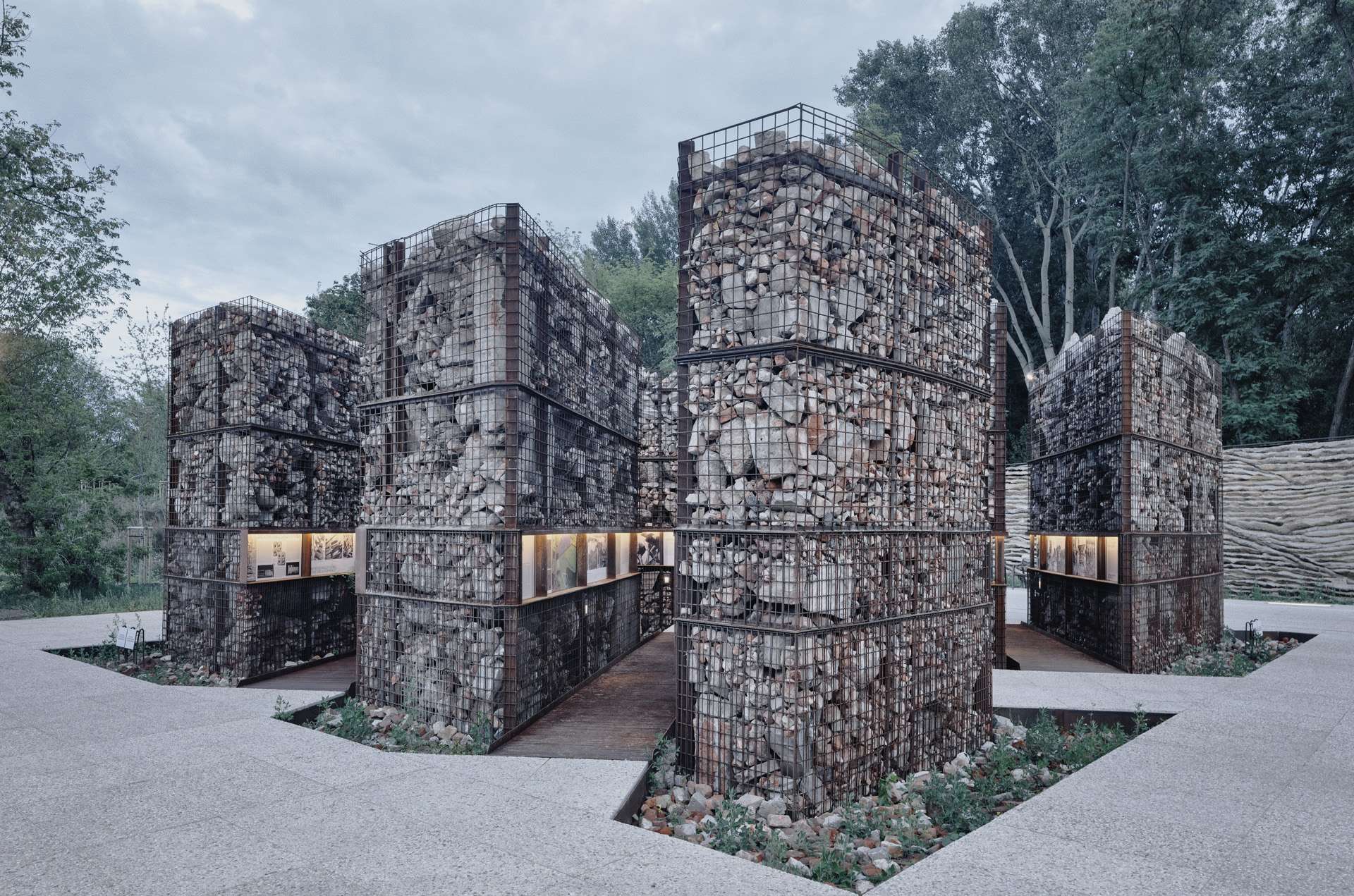
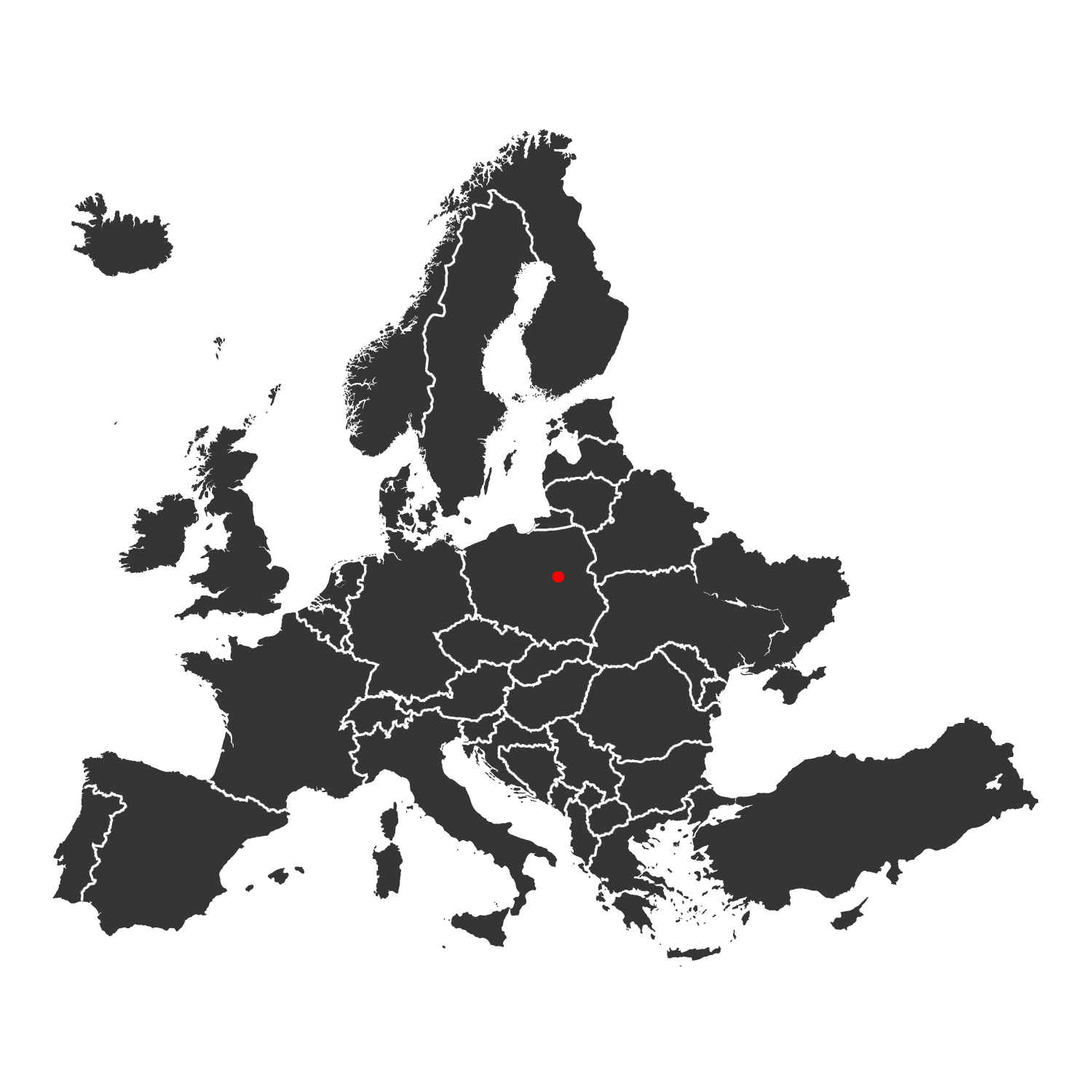
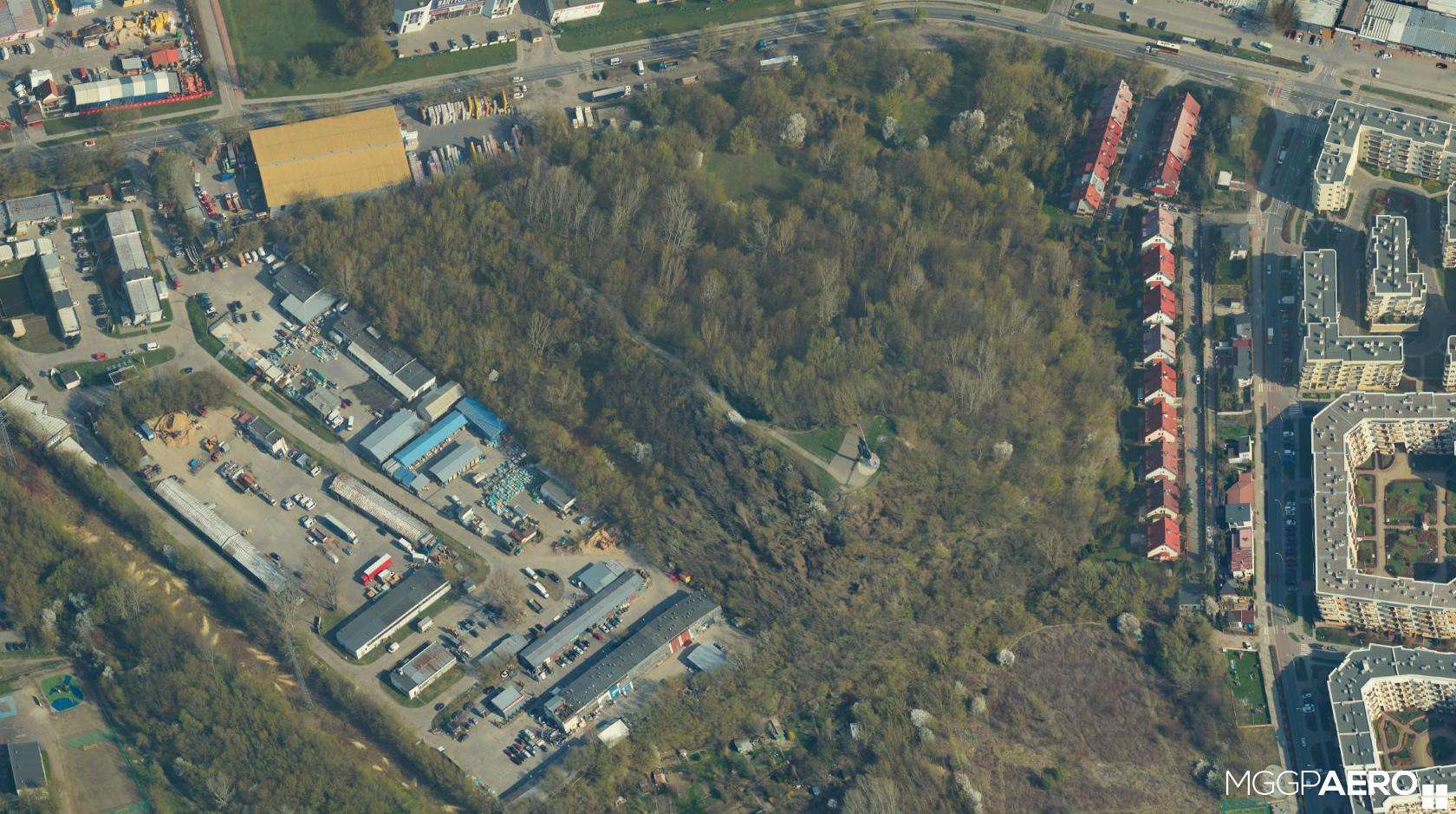
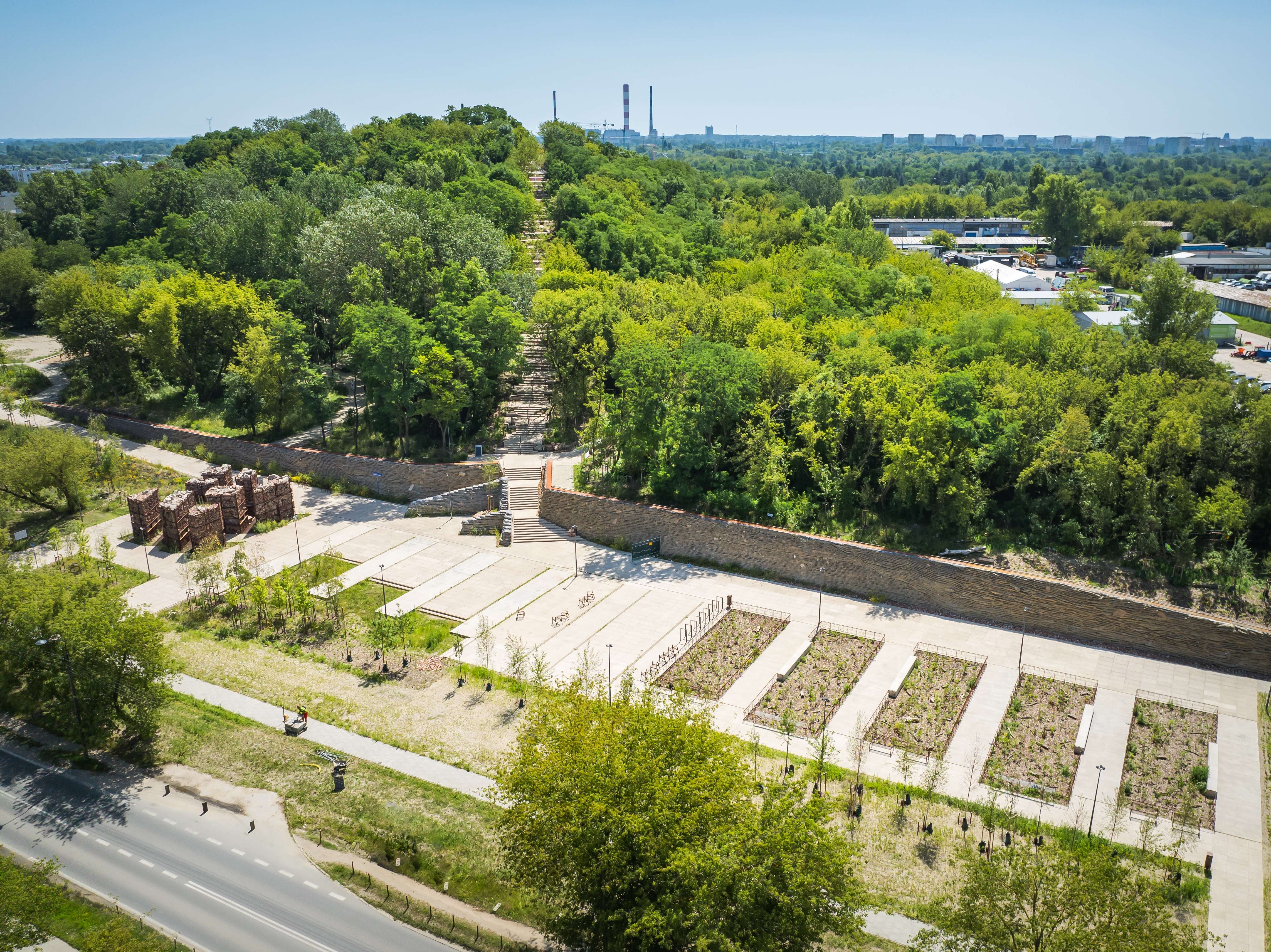
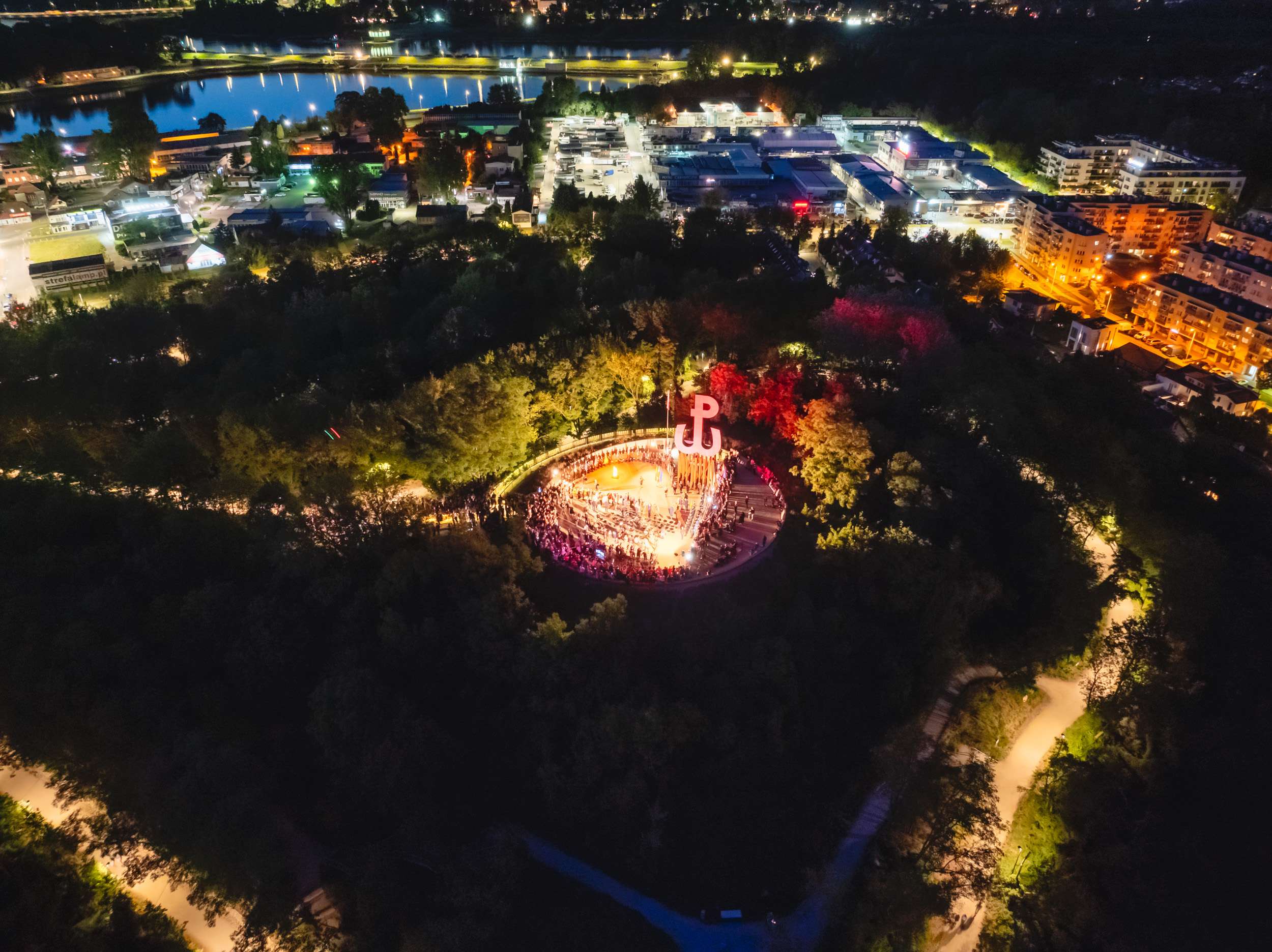

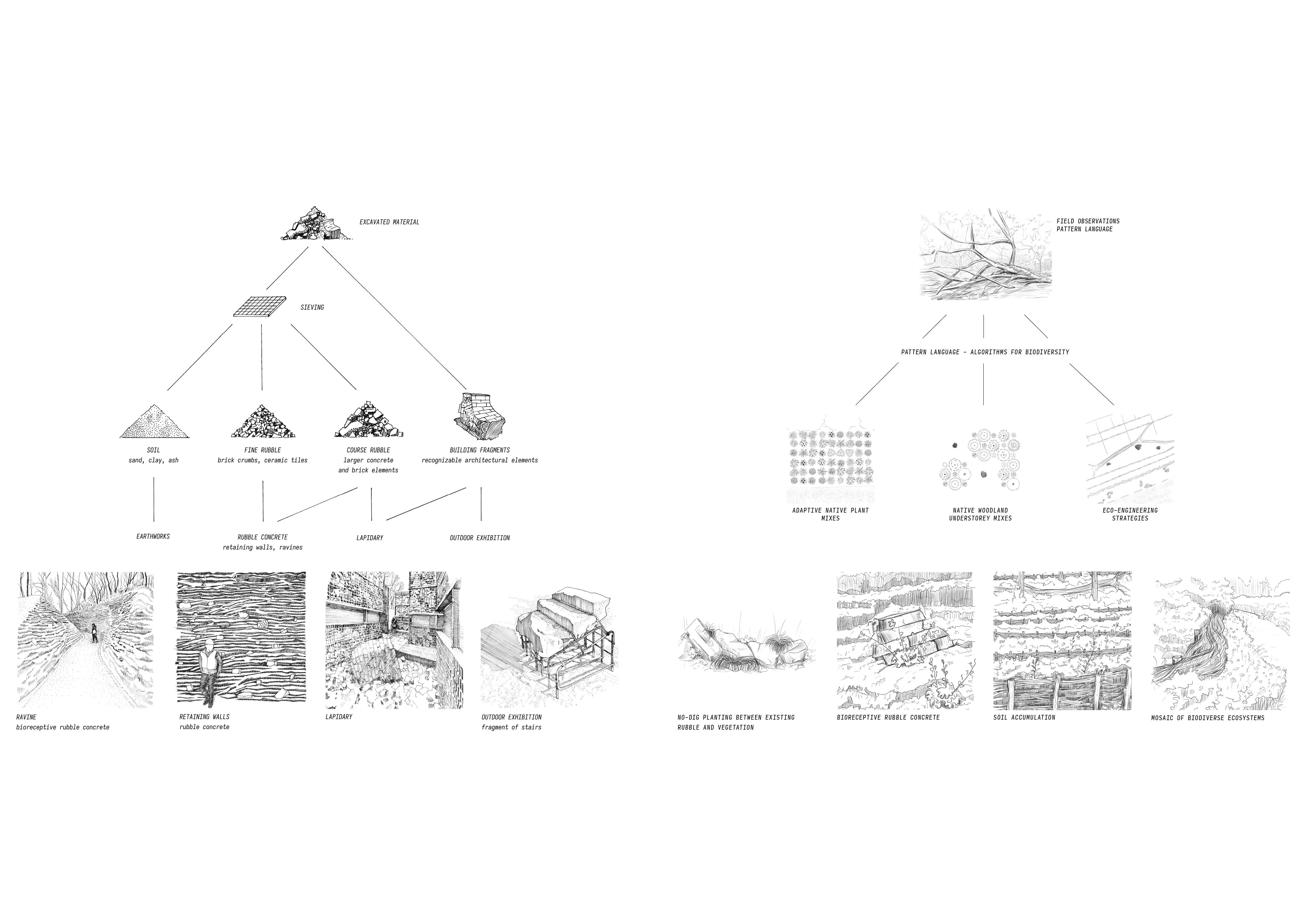

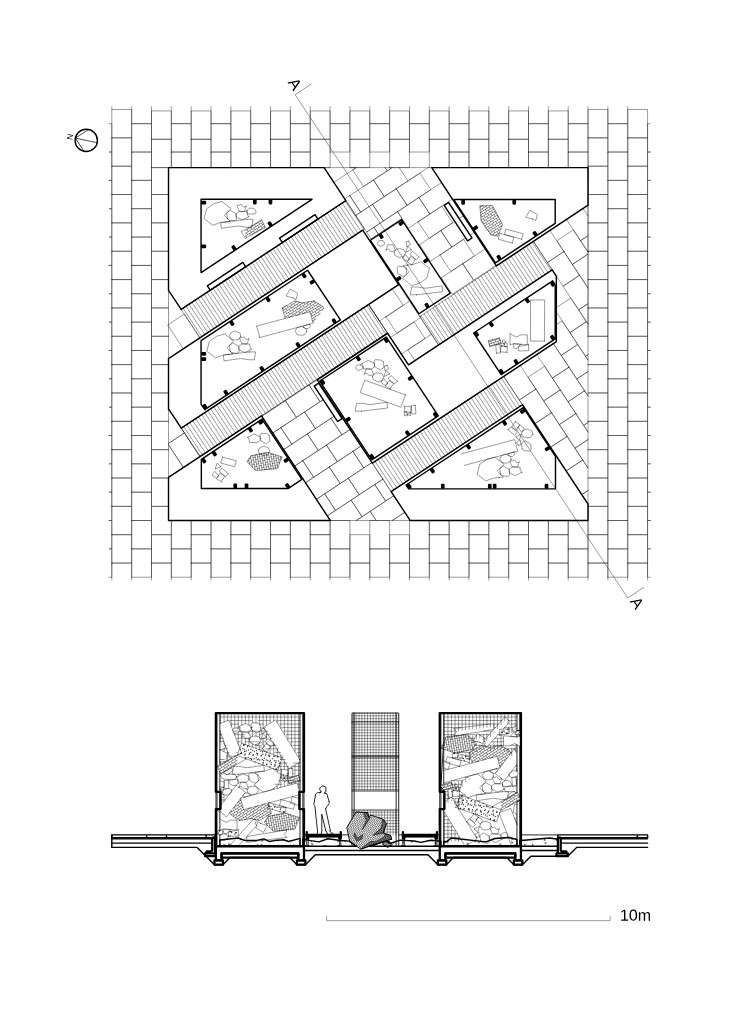
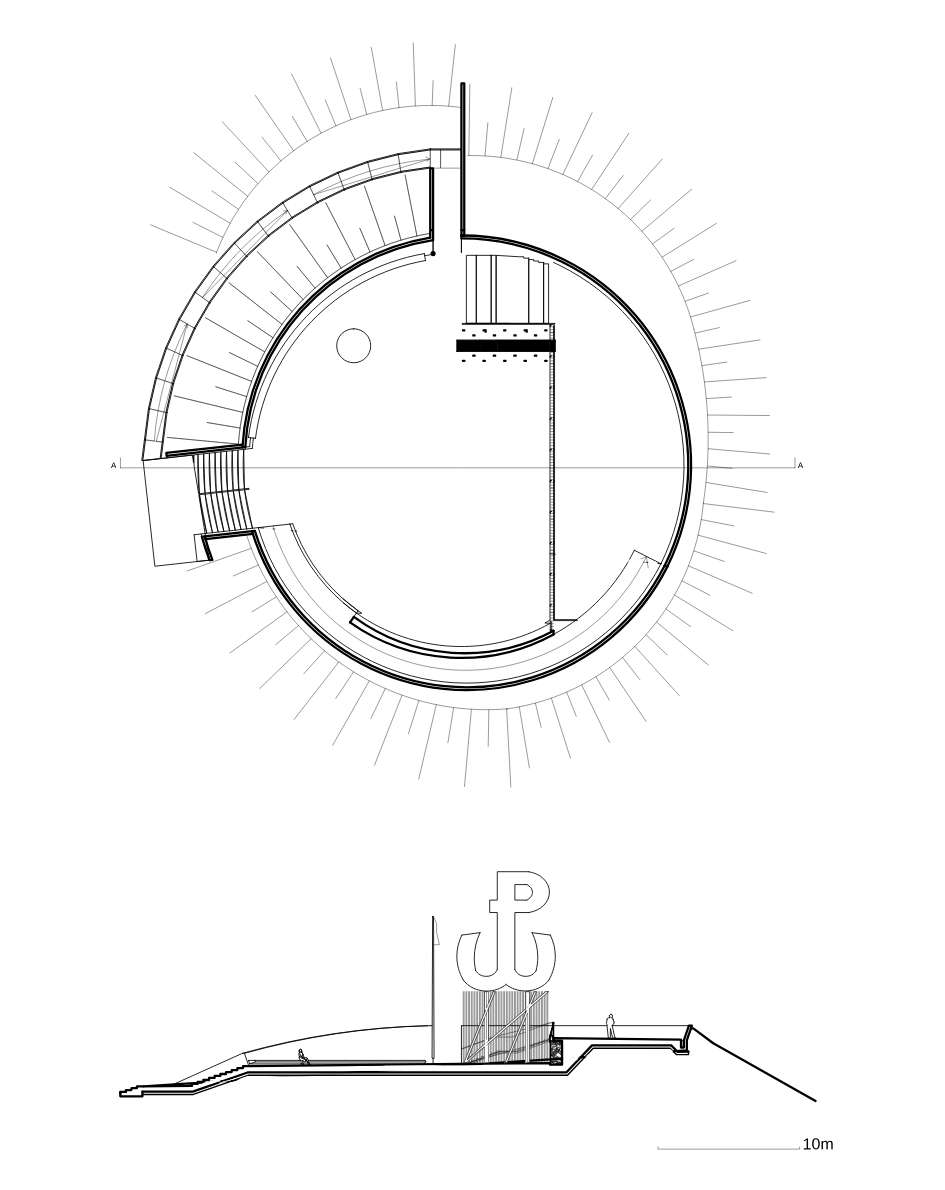
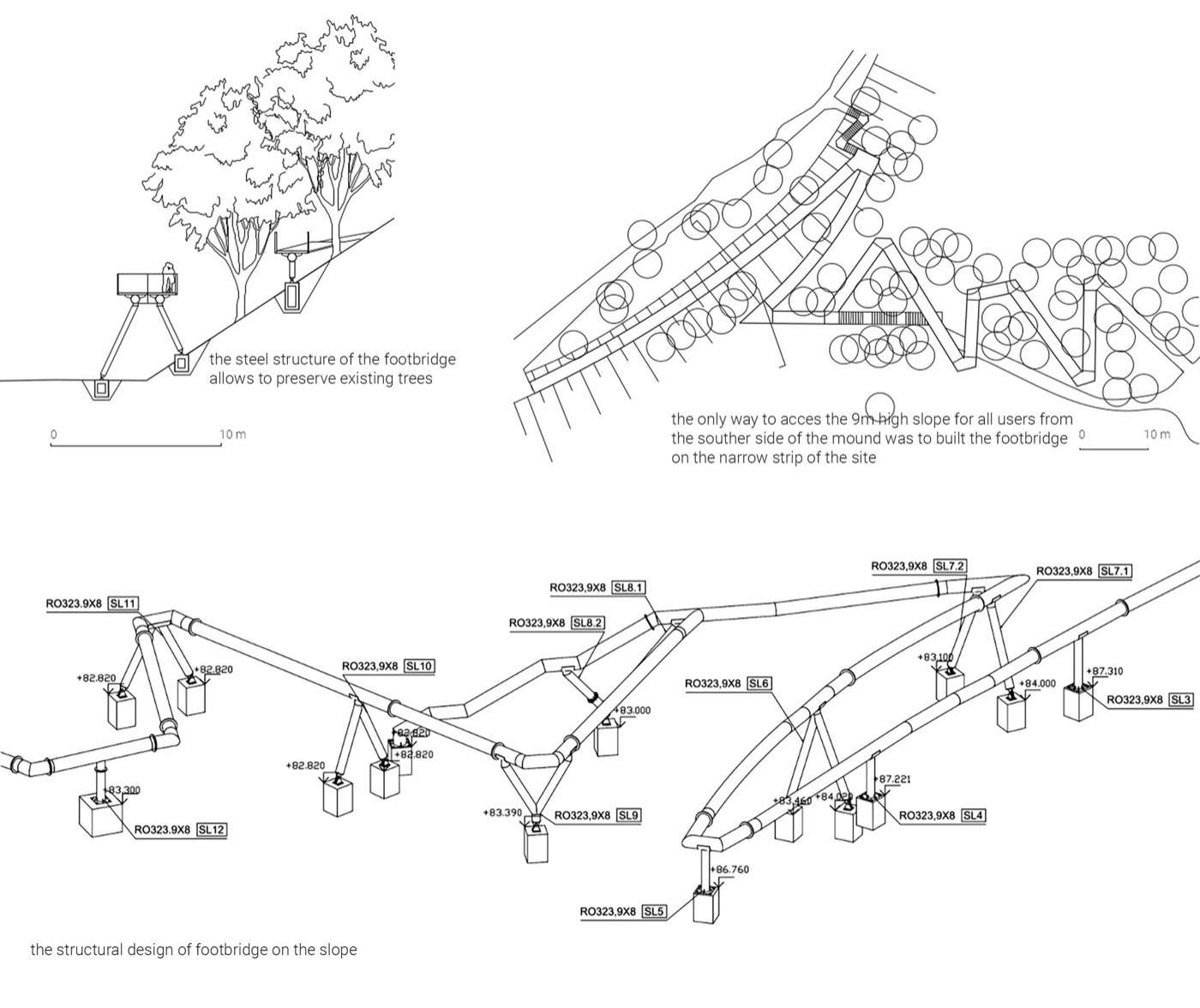
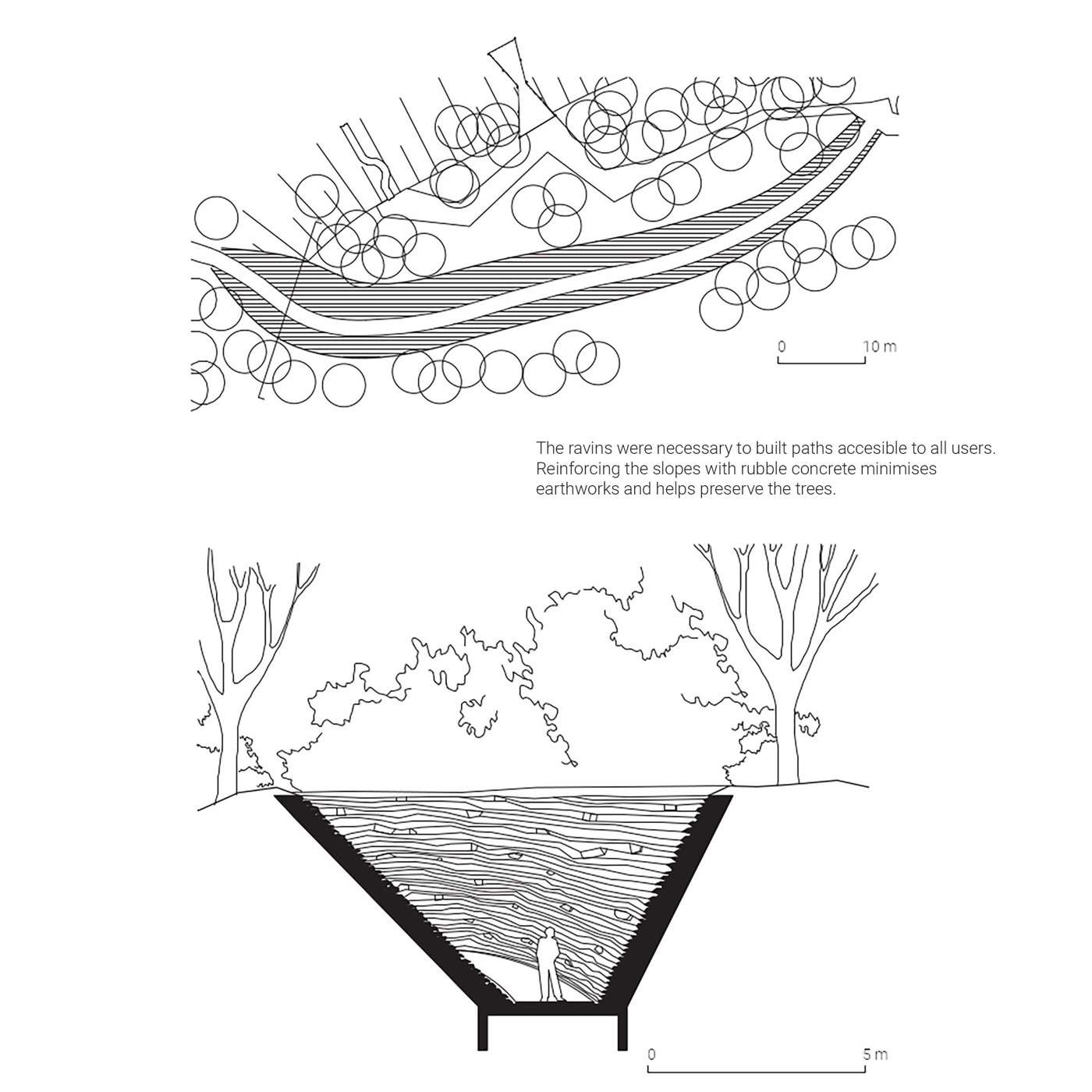
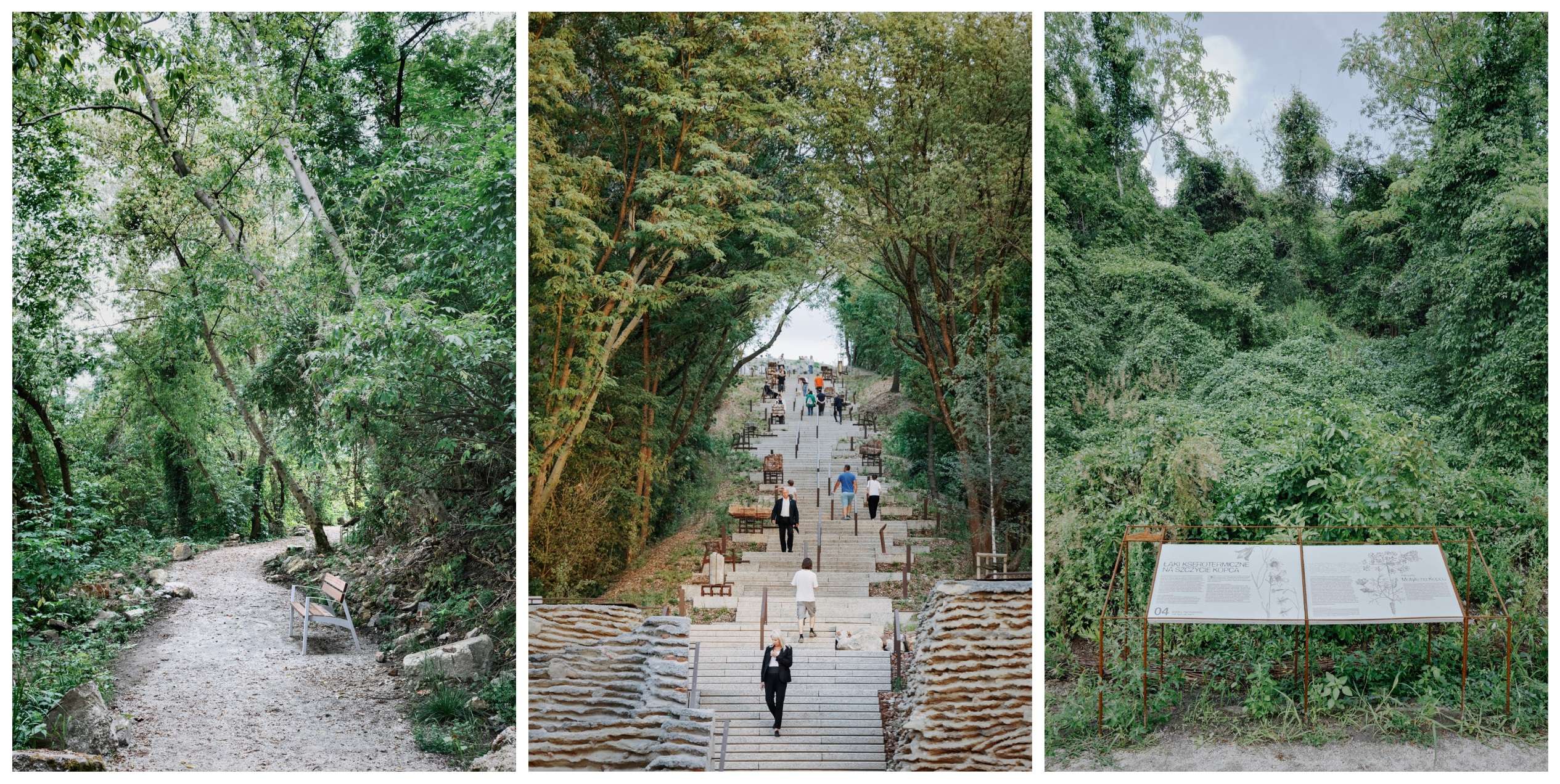

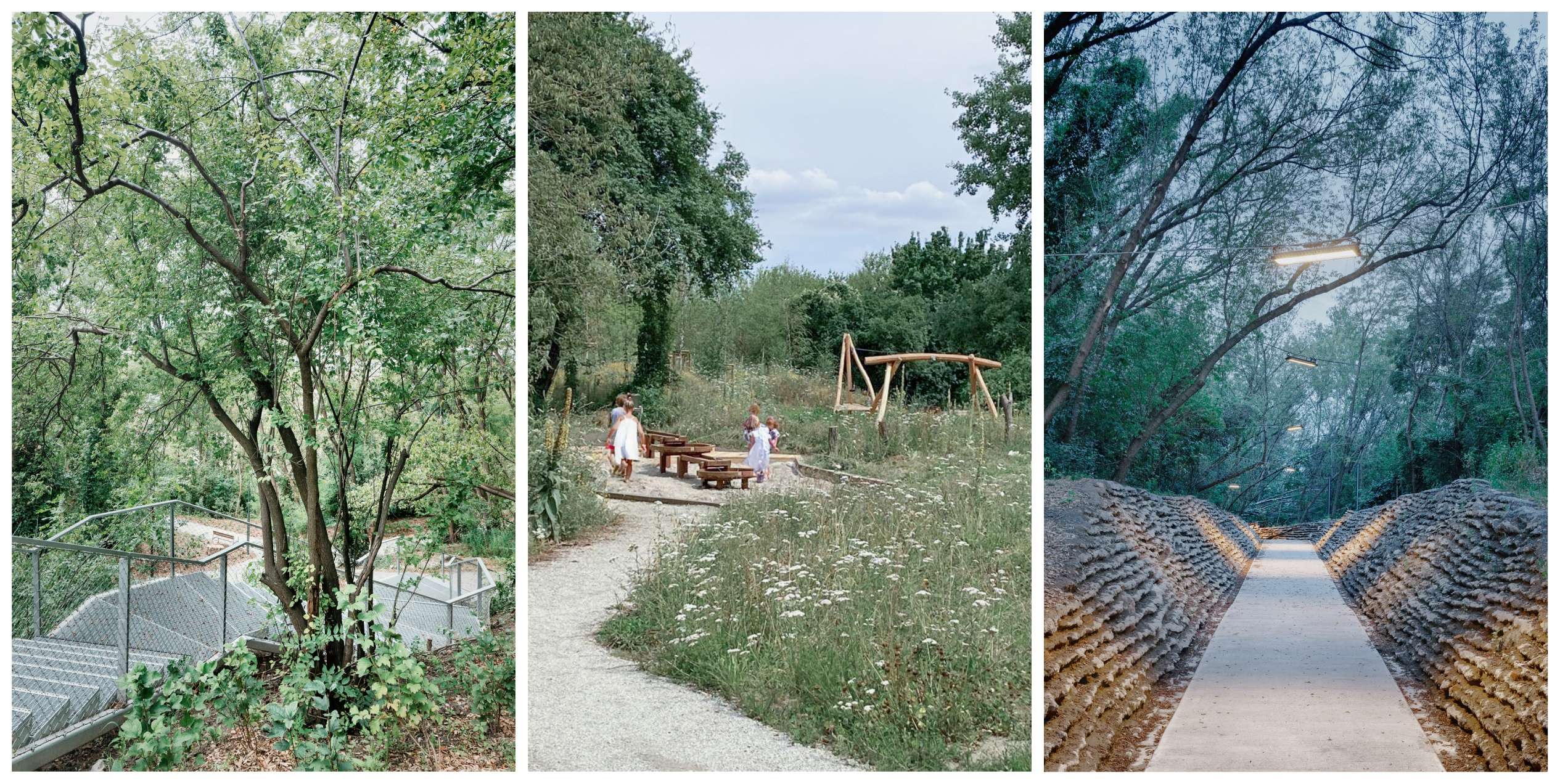

Parque del Túmulo del Alzamiento de Varsovia
Parc del Túmul de l'Alçament de Varsòvia
Park at the Warsaw Uprising Mound
The Warsaw Uprising Mound Park is the Fourth Nature refuge created on an anthropogenic hill. For years, this site served as a repository for the debris from Warsaw after the city was destroyed in World War II, gradually giving rise to an artificial hill that now stands 35 metres above the surrounding flat and marshy landscape. After the landfill was closed in the mid-1960s, the hill became overgrown with vegetation that, over time, transformed into a ruderal "forest". Its adaptation into a public park involved recognising its ecological and symbolic potential and making various uses of the rubble found on site. The Mound area was thus reclaimed in three different ways: symbolically, physically and by the Fourth Nature:
Reclaiming the meaning.
In 1994, a former participant in the Warsaw Uprising and an architect, Lt. Col. Eugeniusz Ajewski "Kotwa", recognised the symbolic potential of the landfill. He and other veterans initiated the erection of a monument on the top of the hill. According to Ajewski, the remaining area was to be used for recreation. In 2019, our team won a competition for the project, which would befit the site's significance and provide a recreational space for the residents of the newly constructed housing estates in its vicinity. Guided by this dual purpose—commemoration and everyday use—we developed a vision that merged historical gravity with contemporary needs.
Rather than adopting an exclusionary, elitist visual language, the park embraces the "unpolished" beauty of ruderal landscapes and recycling. This aesthetics of regeneration allows the space to be perceived as accessible and inclusive, with a "low entry threshold" where everyone can feel at ease. The careful zoning allowed for a conflict-free combination of the functions of a historical monument and everyday recreation. Free entry, multilingual signage, facilities for the visually impaired, and inclusive recreational zones—such as sensory-rich natural playgrounds, shaded rest areas, and picnic spaces—ensure the park is accessible to people of all backgrounds.
Reclaiming by the Nature.
The development of the park reflects a landscape strategy grounded in a deep respect for natural processes and site-specific dynamics. Over decades, the area became overtaken by ruderal vegetation—seemingly chaotic, invasive, and ecologically low in biodiversity. Yet within this spontaneous overgrowth, the site’s potential was recognized not as a blank slate, but as a living system capable of guiding its own renewal.
Instead of clearing the vegetation and starting anew, the approach relied on careful observation of how organic matter accumulated, how erosion shaped the slopes, and how pioneer species responded to the disturbed terrain. Based on these insights, a strategy was formulated rooted in Christopher Alexander’s “pattern language”—a method that identifies repeatable, site-derived patterns to inform intervention. Essentially, a set of localized, ecologically grounded algorithms was applied to work in harmony with the land’s inherent tendencies.
Native species and perennial mixtures compatible with the harsh, alkaline soils were introduced. Rather than removing the existing ruderal forest, young saplings were planted beneath its canopy. Fascine fences mimicked natural debris accumulation, supporting slope stabilization and ecological succession. In certain areas, deliberate non-intervention allowed ecosystems to evolve without interruption.
This adaptive method embraced uncertainty, with no predetermined final form imposed on the park. Instead, conditions were cultivated to support continuous transformation, recognizing nature’s capacity for self-organization, adaptation, and restoration. This approach reflects a mode of practice that understands intelligence as distributed—emerging from the interactions between soil, plants, water, and time.
Reclaiming rubble. The enormous amount of debris in post-war Warsaw was a problem but also a resource—the raw material for producing rubble concrete blocks from which numerous buildings have been built. Warsaw became a precursor of the circular economy; we wanted to refer to this heritage. Our project implemented several strategies for recycling rubble extracted during earthworks, all of which, following the conservator's decision, remained on site:
-
The most important was an innovative technology for producing modern rubble concrete, which forms the ravines' retaining walls and the Mound's base. Over time, this local anthropogenic rock, Warsaw urbanite, will be covered with moss and gradually assimilated by surrounding nature. Before that happens, we can see the remains of old Warsaw embedded in rubble concrete: bricks, stove tiles and balusters.
-
Another strategy was to repurpose the rubble as filling material for the gabions in the Lapidary, designed as a labyrinth of "ruins".
-
The fair-sized remains of destroyed buildings were labelled and displayed within the park and along the grand avenue leading to the main monument on top of the hill.
Following the park’s opening, in response to high community demand, the designers organized 40 guided tours for nearly 800 residents and professionals. The park has become a vibrant space, meeting local needs while celebrating its historical significance. It now serves as both a living memorial and a public refuge, demonstrating the impact of grassroots involvement in urban transformation.
